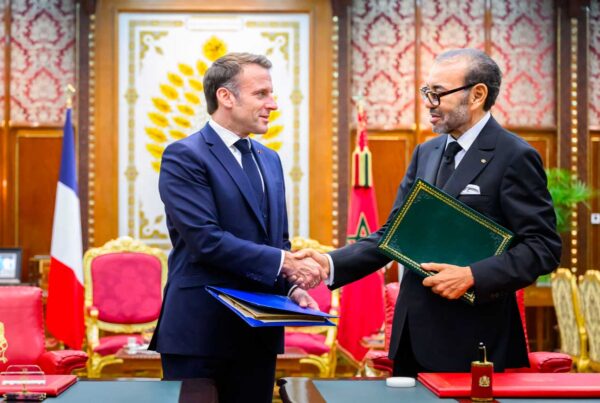By Antoine Humbert
With Donald Trump’s recent official visit to China, the question of whether this emerging power is a threat to American hegemony has been brought back to the table. This menace of a new powerful Middle Empire expresses itself mainly through the tensions emerging around the so-called “String of Pearls”.
According to Lt. Col. Christopher Pehrson, researcher at the Strategic Studies Institute, the “String of Pearls” describes the manifestation of China’s rising geopolitical influence through efforts to increase access to ports and airfields, develop special diplomatic relationships, and modernize military forces that extend from the South China Sea through the Strait of Malacca, across the Indian Ocean, and onto the Arabian Gulf. This concept was introduced during a study by Booz Allen Hamilton, an American management consulting firm, and is thus a Western concept not recognized by Beijing’s government. Nonetheless, the String of Pearls is of geopolitical importance for China and represents a strategic threat for the US.

The Liaoning, the first Chinese aircraft carrier. Source: navy.81.cn
For the last decade, China has shown an increasing interest in expanding its sea power and more specifically its projection power in order to develop its capabilities to intervene across the world. This interest resulted in the acquisition by the People’s Liberation Army Navy (PLAN) of modern Russian destroyers (cf. Guanghzou class destroyers) and other warships, as well as through the acquisition of an aircraft carrier in 2012, the Liaoning, and the planned construction of two new ones, as reported by Dave Majumdar, defense editor for the National Interest. While doing so, China also developed a network of “pearls” where each pearl represents a port or an island state in which China has launched some development program or has concluded some agreement in order to be able to use these ports. This network enables China’s navy to have some refueling stations alongside the commercial routes going through the Indian Ocean in order for the PLAN to ensure the security in the area.
However, this function is usually undertaken by the U.S. Navy and its 5th Fleet. With China’s emerging interest in imposing itself as a regional power and taking an active part in the protection of the region, the United States faces rising opposition. While this new actor should be seen in a positive way to ensure international peace and the fight against piracy in the Indian Ocean, recent events have led to rising tensions. In fact, on July 11 of this year, China inaugurated its first foreign military base in Djibouti. This new naval base is considered as a message of China’s willingness to assert itself on the international scene and compete with U.S. military hegemony in the Indian Ocean.
Even though Donald Trump is not a fierce defender of the role often attributed to the United States of the “world’s policeman”, he and U.S. generals have sent a warning message to China about its intentions during the regular Malabar exercises in 2017. These annual joint naval exercises between the United States, Japan, and India were brought to a new level this year with the participation of no less than 16 warships, two submarines and over 95 aircraft from the three countries, emphasizing the rising tension in the region around the question of naval power.

The mapping of the String of pearls. Image by Edgar Fabino, Wikipedia.
Nonetheless, if the United States is concerned by the development of the String of Pearls initiative it is due to the heavy pressure this project imposes on India, one of America’s strongest allies in the region. With the development of the String of Pearls, India fears a strategy of encirclement from China as can be seen on the provided map. The heavy investments of China in neighboring countries and plans to open another military base in Gwadar, the third port of Pakistan, the sworn enemy of India, is another threat to the geopolitical interests of India. Confronted with the development of possible military bases alongside its coasts and with the rapid modernization of the Chinese navy, India is calling on the United States to contain Chinese ambitions. However, with the difficult relationship between Donald Trump and Xi Jinping it is legitimate to wonder if the United States will be able to do such a thing.
In any case, the development of the String of Pearls has led to an increase in tensions in South and Southeast Asia and also to a new maritime arms race between regional powers, whether it be India, Japan, China, or to some lesser extent Vietnam. The Trump administration’s foreign policies have also brought forward the question of whether the United States has the capacity and the willingness to maintain peace in the area and to ensure goodwill between these countries.
Other posts that may interest you:
- The Trouble with ‘Ecocide’
- Carbon dioxide removal – hit or miss?
- Local Victories for Turkish Opposition — A Sign of Hope?
- Are France and Japan a Mismatch Made in Heaven?
- A Reflection on Dark Tourism
Discover more from The Sundial Press
Subscribe to get the latest posts sent to your email.





